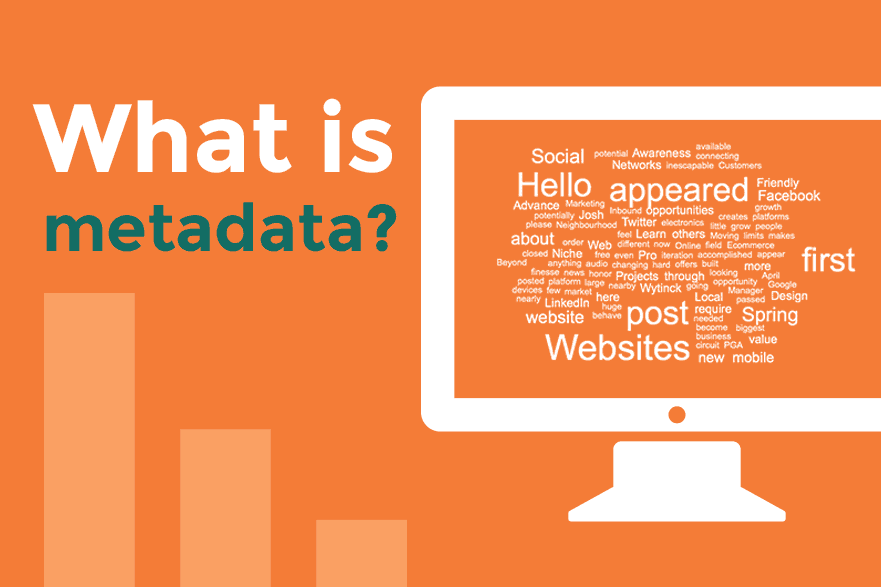


Metadata is an important part of the web, but it’s also one of the least well understood. When speaking with clients, we often know we’re in trouble the moment “metadata” comes up in conversation – whether we bring it up, or the client does. But why? It’s important!
Let’s talk about how metadata helps you – as a person, and as an internet user.
Metadata is “information about information.”
Before your eyes glaze over, let’s look at some examples.
Think about your fridge.
What describes it, in its role as an appliance? Its inside measurements? The material the outside case is made from? The amount of electricity it uses in an hour? That’s core information – the data that lets your fridge be what it is.
What about the other information? The brand name attached to it, the length of its warrantee or expected lifetime. Any certifications, such as Energy Star it may carry. That’s all metadata; it describes aspects of the item, but it’s not necessary in order for that item to function.
What do you use this knowledge for? Well – an Energy Star certification means a device adheres to a set of environmentally friendly standards; so that can tell you a lot about the device itself in a short period of time. As can the brand. If you trust a given brand – like GE or Kenmore – then which of those labels the fridge carries may make a difference in your purchase.
We do the same thing with books, movies, and other media.
The book’s author, or the movie’s director are – effectively – metadata about those media pieces. They help us set expectations about what we’re going to get from them. If we dislike an author’s writing style, or find a director’s usual tricks distasteful (or appealing), then we may get a sense of how we’ll feel about the movie or book having experienced it.
Metadata’s job is creating context.
It makes efficiently finding things in search engines possible, lets us have friends on Facebook and followers on Twitter. It lets us understand whether a given recipe is vegetarian-friendly or not. Metadata’s involved in finding out if people have allergies, if they prefer certain brands. It’s how we know whether a website is mobile-friendly or not.
The majority of metadata on websites is never visible to a user by default.
It’s mostly there to instruct machines, like search engines and aggregator services, how to interpret the website’s information. Some of it shows up in search, like the Title and Description of a page which are often used to display that page in search results.
Say hello to our homepage’s title, its description, and some links in the navigation.
Recently, metadata’s becoming increasingly important to AI and Machine Learning tools.
If you’ve used Apple’s Siri, Google Now, Microsoft’s Cortana, and they’ve shown you answers found online, chances are that answer was found using a website’s metadata – either by way of markup on the page, or non-displayed system information behind it.
Google’s Knowledge Graph is also increasingly powered by this side of the web. Some results – like the box you’ll see if you search for “Winnipeg weather” – is scraped from authoritative pages directly, with Google having read and figured out that page’s styling beforehand.
Other data comes from very detailed markup within databases online, data feeds such as RSS and XML files, and more.
Metadata isn’t just about rankings any more.
This is a persistent attitude – and one which we’re constantly trying to think in front of. Yes, your metadata is used as a signal for search rankings – but it’s not only used for that purpose these days.
More and more often, we’re being presented with information in answer to our needs which comes from websites – without actually visiting those websites themselves.
If you want to become one of the websites these tech giants trust enough to feature within a knowledge graph or like product, then having a handle on your metadata is a great way to start.
Source: Hello BLOG
Recent Articles
Write For Us
Think you’ve got a fresh perspective that will challenge our readers to become better marketers? We’re always looking for authors who can deliver quality articles and blog posts. Hundreds of your peers will read your work, and you will level up in the process.Ready to grow? Say Hello









